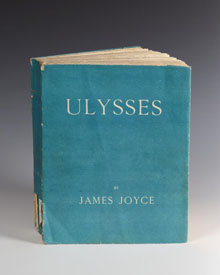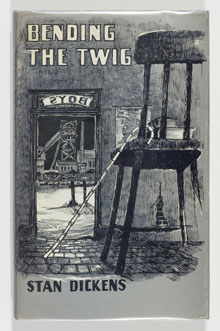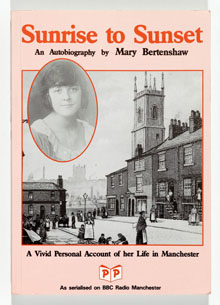Aristotle’s Masterpiece

This frontispiece dates from the 1850s, but its basic elements had remained the same for 150 years. A scholar, supposed to be Aristotle, sits behind a desk offering classical learning, while a scantily-clad woman promises the reader sexual knowledge. Institute of the History of Medicine, The Johns Hopkins University, B458.A75.1855.c.2.
The long lives of advice manuals highlight issues of continuity and change. In 1684 an anonymous hack pasted together excerpts from two earlier texts, one a guide to midwifery, the other a treatise on the secrets of nature. Published as Aristotle’s Masterpiece, though neither by Aristotle nor a masterpiece, hundreds of editions were printed in Britain and America. It was still on sale, contents largely unaltered, in Soho sex shops in the 1930s. Instead of keeping up with changes in theories of sex and reproduction, the Masterpiece provides a guide to topics of perennial appeal. It explains why children look like their parents—but not always!—and argues that for a woman to conceive, her pleasure is as important as the man’s. The book changed in style, with new typefaces and pictures, but readers' responses to it changed more. Boys pinched it from their mothers, men shared its saucy secrets and women relied upon its advice.
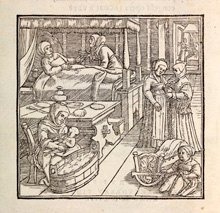
The other book used to make the Masterpiece was the midwifery manual De conceptu et generatione hominis… written by surgeon Jakob Rüff and published in Zurich in both German and Latin in 1554. K.9.24, frontispiece
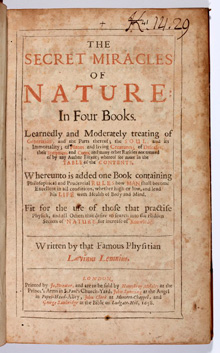
Aristotle’s Masterpiece was assembled from two earlier texts. The first was Levinus Lemnius’s The Secret Miracles of Nature (1564), a translation of De miraculis occultis naturae. Lemnius’s learned volume attempted to reconcile Aristotelian natural philosophy with the tenets of Christianity. K.14.29, title page
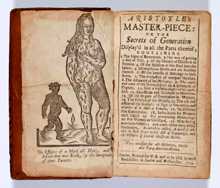
Aristotle’s Master-Piece: or The Secrets of Generation Display’d in all the Parts Thereof (1704). Keynes.A.1.7, frontispiece and title page
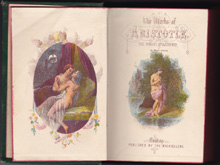
Aristotle’s Works: containing the Master-Piece, Directions for Midwives, and Counsel and Advice to Child-Bearing Women. With various useful remedies (c.1850). Private collection, frontispiece and title page
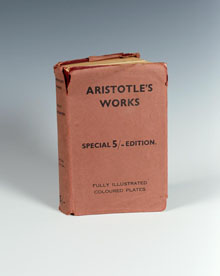
The Works of Aristotle, the Famous Philosopher, containing I. — His Complete Masterpiece. II. — His Experienced Midwife. III. — His Book of Problems. IV. — His Remarks on Physiognomy. V. — The Family Physician [London?]: c.1930 (Private collection)
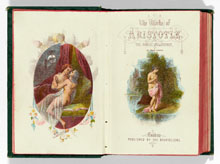
The Works of the Famous Philosopher, containing his Complete Master-Piece, and Family Physician, his Experienced Midwife, his Book of Problems, and Remarks on Physiognomy. To the Original Work is added, An Essay on Marriage; its Duties and Enjoyments London: printed for the booksellers [c.1860] (The Johns Hopkins University JHU CAGE B458.A75 1860 (facsimile))



